Common Uses of Silicon Carbon Rods and Renewable Energy Development
Release time:2025-10-12 Strike:783 Inquire Now
Common Use Of Silicon Carbide Rod
Silicon carbide (SiC) rods are commonly used in various industrial heating applications due to their high temperature resistance, durability, and excellent thermal conductivity. Some common uses of silicon carbide rods include:
Electric Furnaces: Silicon carbide rods are widely used as heating elements in electric furnaces for high-temperature applications such as heat treatment, sintering, and annealing of metals and ceramics.
Industrial Kilns: They are utilized as heating elements in industrial kilns for processes like firing ceramics, glass, and refractory materials.
Heat Treatment Processes: Silicon carbide rods are employed in heat treatment processes such as tempering, annealing, quenching, and brazing in industries like automotive, aerospace, and tool manufacturing.
Chemical Processing: These rods are used in chemical processing equipment for heating corrosive or reactive substances, as silicon carbide is resistant to many chemicals and can withstand harsh environments.
Semiconductor Manufacturing: Silicon carbide rods are used in the production of semiconductor materials and devices. They provide uniform and precise heating for processes like crystal growth, epitaxy, and doping.
Laboratory Equipment: In laboratory settings, silicon carbide rods are utilized in furnaces and ovens for various research and experimental applications requiring high-temperature heating.
Glass Melting: Silicon carbide rods are used in glass melting furnaces to provide consistent and efficient heating for the melting and shaping of glass products.
Solar Panel Manufacturing: They are employed in the production of solar panels for processes like sintering and firing of photovoltaic materials.
Overall, silicon carbide rods are versatile heating elements suitable for a wide range of high-temperature applications across various industries, where reliable and efficient heating is required.
A Deep Dive into Silicon Carbide (SiC)
Silicon carbide (SiC), sometimes referred to as carborundum, was discovered by Henri Moissan. This material, produced via a reaction between silica sand and carbon, is available in varying particle sizes, depending on its intended application.
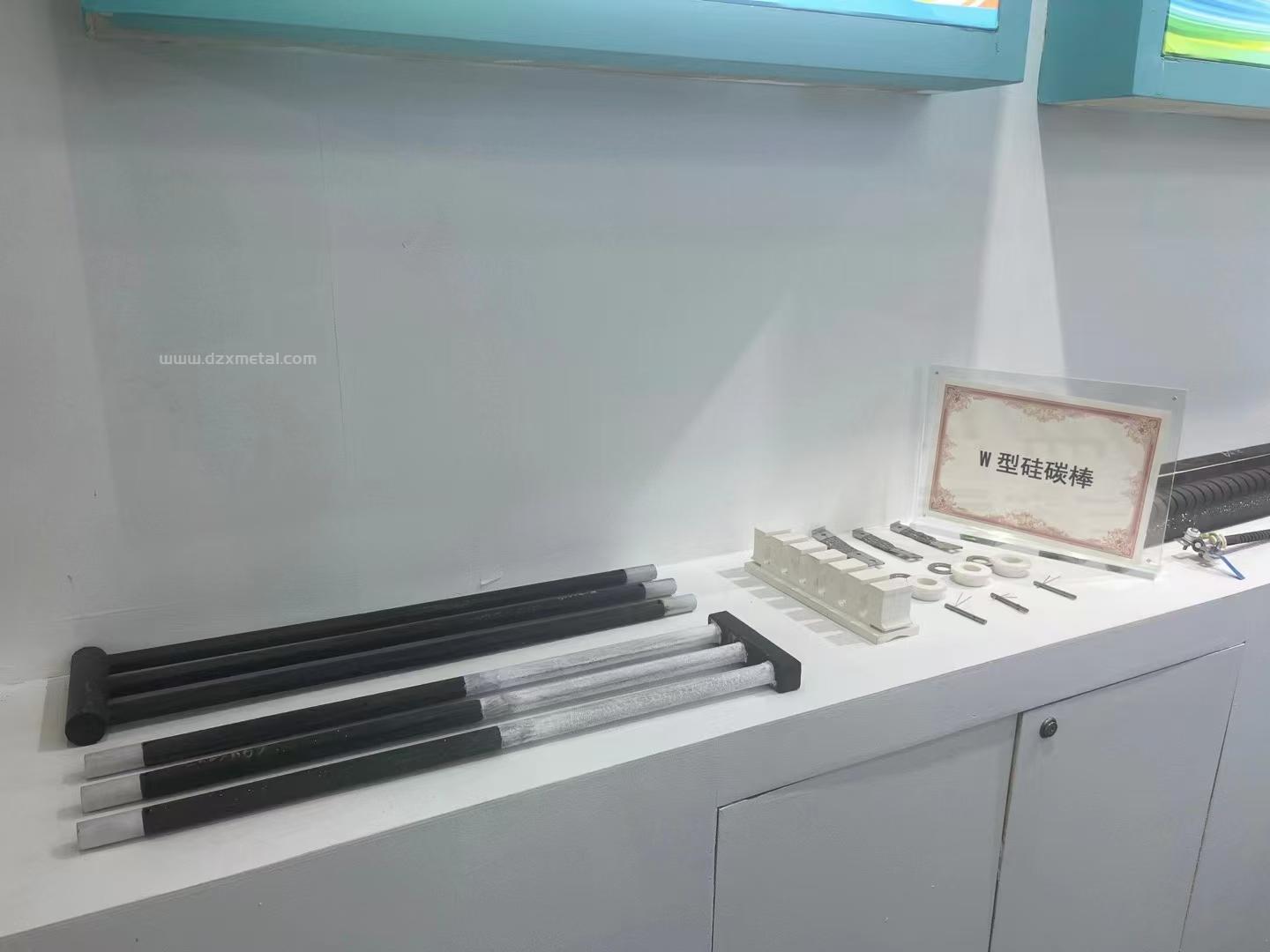
Silicon Carbide Rod Helps Renewable Energy Development
Compared with traditional materials, silicon carbide rod has higher thermal stability and electrical conductivity, which makes it excellent in energy conversion process. Through the application of silicon carbide rod, the energy conversion efficiency is improved, thereby reducing energy waste and further promoting the sustainable development of renewable energy. In addition, the corrosion resistance of silicon carbide rod also provides a guarantee for the long-term stable operation of the equipment, reducing maintenance and replacement costs.
As the global demand for clean energy continues to increase, the silicon carbide rod industry will usher in a broader space for development. In order to further improve energy conversion efficiency and respond to market demand, industry companies will continue to increase investment in research and development, and continuously improve the performance and application range of silicon carbide rod. It is expected that in the future, silicon carbide rod will play a more important role in the field of renewable energy, promoting energy transformation and realizing a cleaner and sustainable energy future.
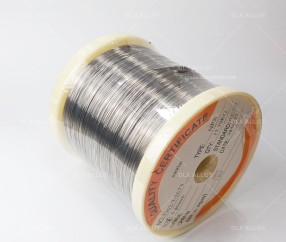
Why Thermocouples Are the Preferred Choice for High-Precision Temperature Measurement?
Accurate temperature measurement is essential across various ind...
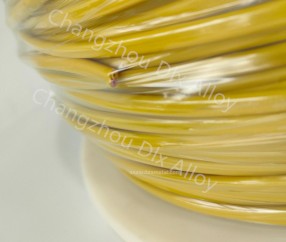
Thermocouple Wire VS Thermocouple Extension Cord
Thermocouple wires, thermocouple extension cords, are very impor...
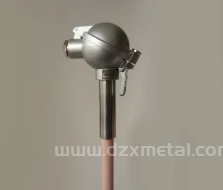
What is precious metal thermocouple?
A precious metal thermocouple is a temperature-sensing device th...
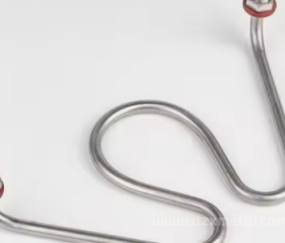
Applications of Tubular Heaters
Tubular heaters are a commonly used electric heating element wit...



